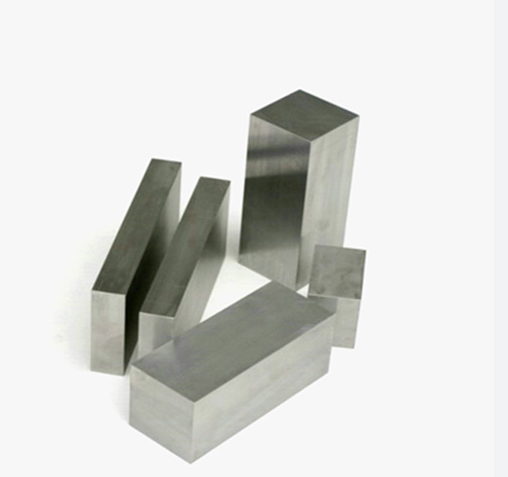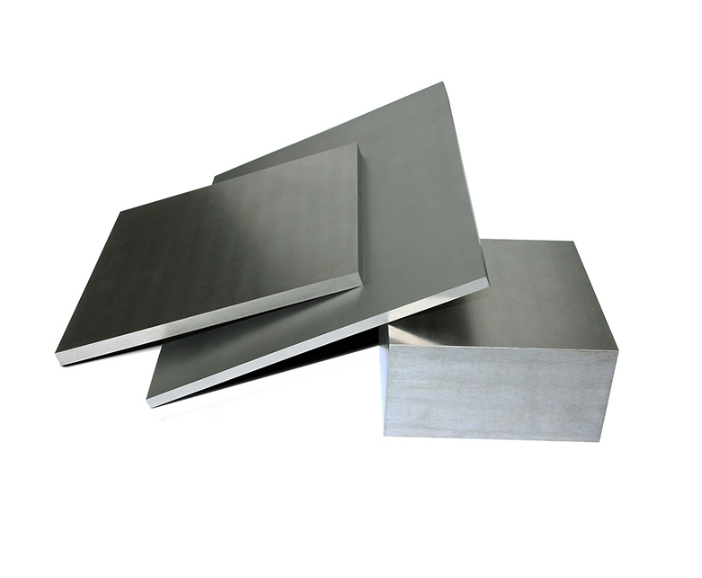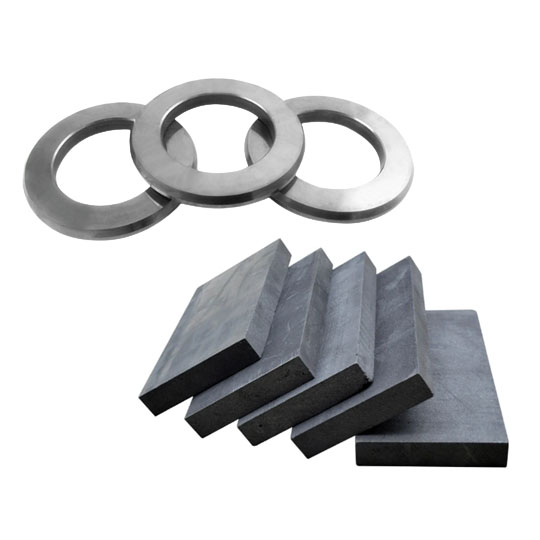Почему Твердосплавные стержни Идеально подходят для аэрокосмических сплавов
Теперь поговорим о герое нашей истории: твердосплавных стержнях. Представьте себе, что это команда спецназа в мире обработки. Это не обычные сверла; они созданы для боя, особенно когда речь идет о работе с самыми прочными аэрокосмическими сплавами.
Карбид вольфрама, из которого изготовлены эти стержни, - одно из самых твердых веществ на Земле, уступающее только алмазу. Его получают путем смешивания вольфрама с углеродом при сверхвысоких температурах, в результате чего образуется соединение, обладающее высокой твердостью и износостойкостью.
Но что же делает их революционными?
- Превосходная твердость: Идеально подходит для резки труднообрабатываемых аэрокосмических сплавов, таких как титан и инконель.
- Теплостойкость: Твердый сплав дольше остается холодным. Это означает меньший износ инструмента и более точные резы.
- Стабильность размеров: Твердосплавные стержни отлично держат форму даже при высоких нагрузках.
- Увеличение срока службы инструмента: По сравнению с быстрорежущей сталью (HSS) инструменты из твердого сплава служат до 10 раз дольше.
Поэтому, будь то прецизионное фрезерование лопаток реактивного двигателя или сверление кронштейна теплозащитного экрана, твердосплавные стержни не просто выживают - они процветают.
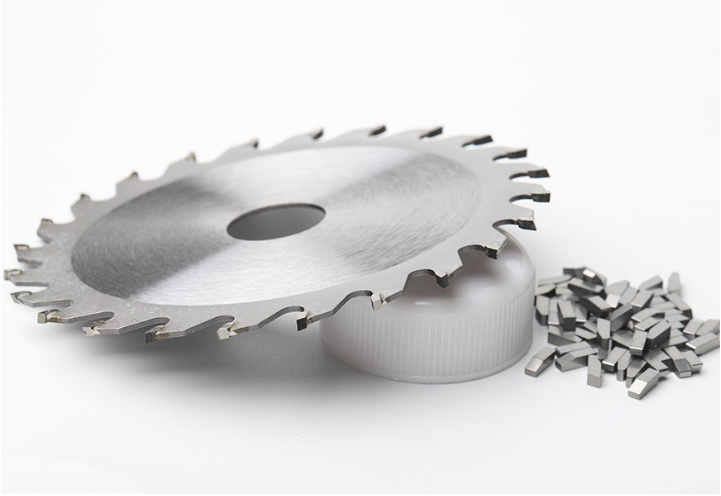
Выбор правильного Твердосплавные стержни для аэрокосмических сплавов
Выбор подходящего твердосплавного стержня - это не просто выбор самой твердой палочки на полке. Необходимо знать свой сплав, процесс обработки и конечную цель. Вот несколько ключевых факторов, над которыми стоит поразмыслить:
1. Состав класса
Твердосплавные стержни бывают разных марок, в зависимости от содержания кобальта и размера зерна.
- Субмикронное зерно: Лучше всего подходит для высокоскоростной обработки титановых и никелевых сплавов.
- Ультрамелкое зерно: Отлично подходит для сверления и фрезерования с жесткими допусками.
2. Покрытия
Думайте о покрытиях как о броне. Стержни с покрытием лучше сопротивляются нагреву и окислению.
- TiAlN (нитрид титана и алюминия): Отлично подходит для сухой обработки на высоких скоростях.
- TiCN (карбонитрид титана): Более прочное покрытие для прерывистых резов.
3. Тип приложения
- Бурение: Выберите более высокую жесткость, чтобы избежать прогиба.
- Фрезерование: Выбирайте сбалансированные удилища, способные выдерживать боковые нагрузки.
- Развернуть: Нужны стержни с отличным гашением вибраций.
4. Допуски и прямолинейность
Точность имеет значение в аэрокосмической промышленности. Выбирайте стержни с допуском h6 или лучше. Поверьте мне, это имеет значение.
Специальные модели металлических порошков для карбидных стержней, используемых в аэрокосмической промышленности
Вот тут-то и начинается ботаника. Эти конкретные модели твердосплавных порошков являются основой аэрокосмической оснастки. Каждая из них привносит что-то уникальное.
| Модель порошка | Состав Подробнее | Лучше всего подходит для | Свойства |
|---|---|---|---|
| WC-Co 10% Субмикронный | 90% Карбид вольфрама, 10% Кобальт | Резка аэрокосмических сплавов общего назначения | Высокая износостойкость, хорошая прочность |
| WC-Co 6% Ультратонкий | 94% WC, 6% Co | Финишная обработка титановых сплавов | Высокая стойкость кромки, тонкая обработка поверхности |
| WC-CoCr 12% | 88% WC, 10% Co, 2% Cr | Высокотемпературные сплавы, такие как инконель | Повышенная стойкость к окислению |
| WC-Ni 15% | 85% Унитаз, 15% Никель | Коррозионные среды | Высокая коррозионная стойкость |
| WC-TaC-Co | WC с карбидом тантала и кобальтом | Абразивные аэрокосмические композиты | Высокая вязкость разрушения |
| WC-CoTi 8% | WC, кобальт, титан | Прерывистые сокращения | Ударопрочность |
| WC-Co 5% Nano-Grain | WC с наноразмерными зернами | Сверхточная резка | Чрезвычайная твердость |
| WC-Co-V 12% | WC, 12% Co, ванадий | Универсальная аэрокосмическая обработка | Сбалансированная износостойкость и прочность |
| WC-Co-Al 8% | WC, кобальт, алюминий | Высокоскоростное сверление | Термическая стабильность |
| WC-Co-Cr 10% Высушенный распылением | Агломерированная смесь | Подложки для инструментов с покрытием | Высокая плотность, равномерное распределение зерен |
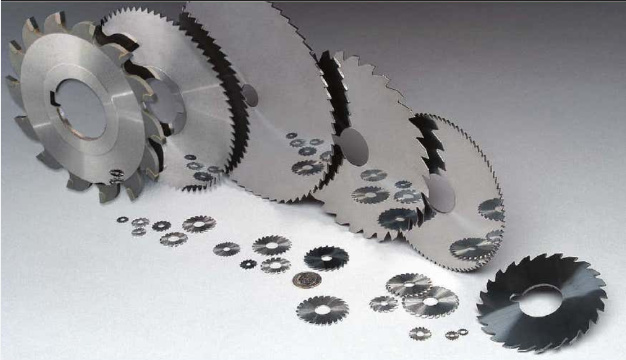


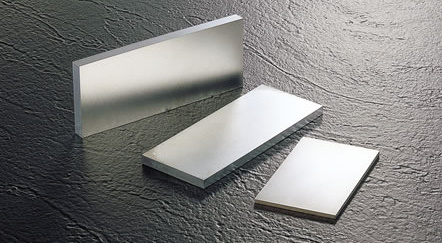
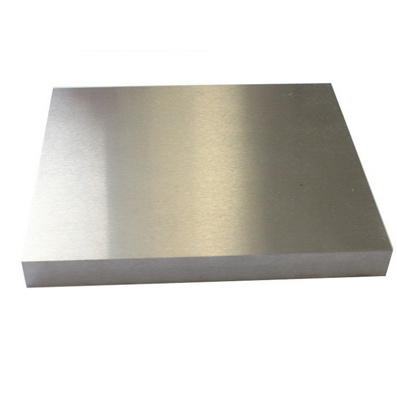
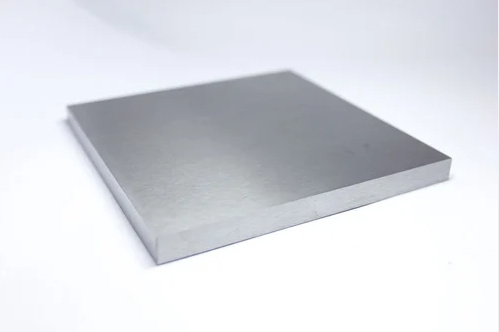
Тенденции и инновации в области аэрокосмической обработки
Технология обработки не стоит на месте. Требования аэрокосмической отрасли развиваются, и инструменты тоже. Вот несколько интересных тенденций, определяющих ход игры:
| Инновации | Описание | Влияние на аэрокосмическую обработку |
|---|---|---|
| Гибридные карбидо-керамические стержни | Смешивание твердосплавных сердечников с керамическими слоями | Более высокая устойчивость к температуре |
| Инструменты с нанопокрытием | Многослойные нанопокрытия (например, AlTiN) | Увеличение срока службы инструмента, снижение износа |
| Интеллектуальные датчики обработки | Встраиваемые датчики в держатели инструментов | Обратная связь в режиме реального времени и отслеживание износа |
| 3D-печатные твердосплавные вставки | Сложные геометрии, созданные аддитивным способом | Нестандартные формы, меньше отходов материала |
| Криогенная обработка | LN2 используется для охлаждения | Более чистые срезы, увеличенный срок службы инструмента |
| ИИ для оптимизации траектории инструмента | Оптимальные траектории резания, генерируемые искусственным интеллектом | Экономия времени, лучшая обработка поверхности |

Вопросы и ответы
| Вопрос | Ответить |
|---|---|
| Из чего изготавливают твердосплавные стержни? | В основном это карбид вольфрама и кобальт, иногда с добавками хрома или тантала для придания особых свойств. |
| Лучше ли они, чем быстрорежущая сталь (HSS)? | Да, особенно для труднообрабатываемых аэрокосмических сплавов. Они служат дольше, остаются острыми и лучше переносят нагрев. |
| Можно ли использовать твердосплавные стержни для титана? | Безусловно. Для достижения наилучших результатов используйте мелкое или субмикронное зерно с соответствующим покрытием, например TiAlN. |
| Какой самый большой минус? | По сравнению со сталью они могут быть хрупкими, поэтому неправильное обращение или сильная вибрация могут привести к сколам. |
| Как выбрать подходящий? | Учитывайте особенности применения: материал, скорость резки, окружающую среду и тип машины. Затем подберите размер зерна, состав и покрытие. |
| Какова типичная продолжительность жизни? | Зависит от условий эксплуатации, но инструменты из твердого сплава могут служить в 3-10 раз дольше, чем традиционные инструменты. |
| Необходимо ли покрытие? | Не всегда, но покрытия значительно повышают производительность, особенно на высоких скоростях или при сухой обработке. |
| Какое обслуживание необходимо? | Содержите инструменты в чистоте, следите за их износом и правильно храните, чтобы избежать сколов и окисления. |
| Можно ли затачивать инструменты из твердого сплава? | Да, но для этого требуются алмазные шлифовальные инструменты и прецизионное оборудование. |
| Кто является ведущими поставщиками? | Такие бренды, как Kennametal, Sandvik, Ceratizit, Mitsubishi и Seco, лидируют на рынке по качеству и инновациям. |

